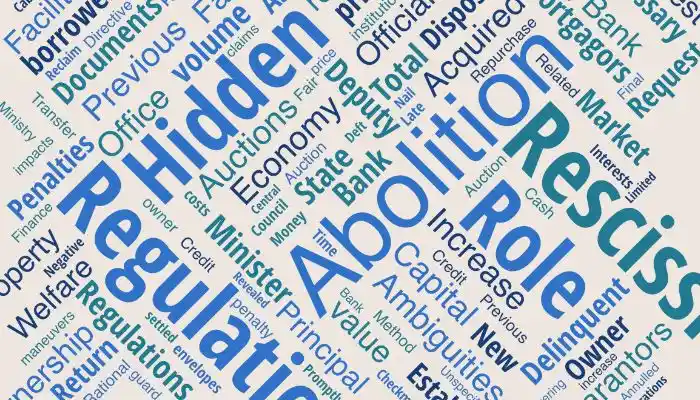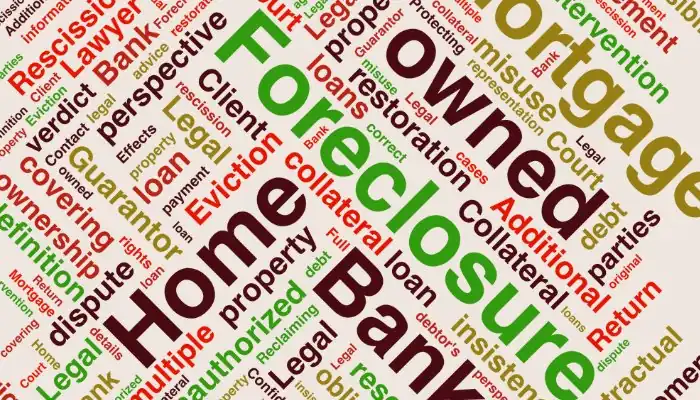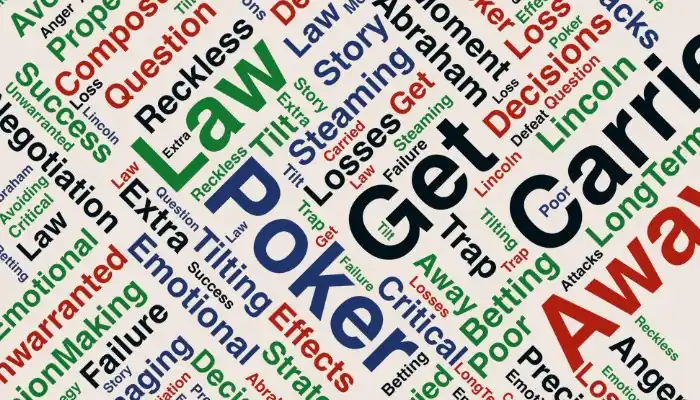According to published reports, over the past 18 months, about 580 trillion IRR (Iranian Rials) worth of surplus assets from state banks have been sold. Now, in 2023, Iran’s Deputy Minister of Economy has announced an increase in the capital of state banks by up to 500 trillion IRR, following the sale of these surplus assets. Considering these two periods, the total volume of sold surplus assets exceeds 1,000 trillion IRR. This raises an interesting question: How were these surplus assets acquired?
In the following, we will examine how some of these assets were acquired and highlight one of the ambiguities surrounding this intriguing topic.
Previous Regulations Regarding Banks’ Surplus Assets
From February 2008 to March 2021, banks used to sell assets (collaterals) through auctions held by the Office for the Execution of Official Documents to recover debts from delinquent borrowers, guarantors, and mortgagors. If the assets were bought in the auction, the bank’s claim would be settled. However, if no one participated in the auction, the bank would take ownership of the assets. Borrowers, guarantors, and mortgagors were not worried, even if the bank acquired their property at a price lower than the current market value and fair price, because according to Note 2 of Article 8 of the Bylaw on the Disposal of Unnecessary Assets and Welfare Facilities of Banks, they could request rescission from the bank. After paying the full amount of the bank’s claim, including the principal, interest, and penalties, the bank was obliged to return the property to the owner.
Establishing New Conditions (Article 11) Regarding Banks’ Surplus Assets on June 16, 2020, the Money and Credit Council approved a directive on the disposal of surplus assets of credit institutions. According to Article 11 of this directive, if the surplus asset is collateralized property, the credit institution must notify the previous owner of the method and time of the auction at least ten days in advance. If the previous owner declares in writing their readiness to repurchase the asset before the auction envelopes are opened, the credit institution is obliged to transfer the surplus asset back to them. The amount payable for the transfer of surplus assets to the previous owner, which must be paid in cash, is equivalent to the principal, interest, and late payment penalty up to the date of transfer, plus any other costs the credit institution has incurred in executing the collateral, acquiring, maintaining, and auctioning the asset.
Fair and Rational Regulations; But Short-Lived
The aforementioned regulations were designed to protect the interests of both parties, namely the banks and the property owners. On one hand, banks could receive the principal, interest, and late payment penalties up to the day of transfer, along with other related costs such as those incurred in executing the collateral, acquiring, maintaining, and auctioning the property, in cash from the previous owner. This assured the banks that their claims would be fully and promptly settled in cash. On the other hand, property owners could reclaim their property, even if the bank had acquired it at a price below market value or at a nominal price. Unfortunately, these fair and equitable conditions were abolished with two deft maneuvers. In the following sections, we will examine the negative impacts of these changes on both banks and former property owners, and illustrate how former owners were caught off guard and ultimately checkmated.
Hammering the Final Nail in the Coffin of Rescission Regulations
In 2020, based on the proposal from the Ministry of Economic Affairs and Finance and the Central Bank, the Cabinet decided that the disposal of banks’ non-essential assets and recreational facilities should be based on the resolutions of the Money and Credit Council. Consequently, the regulations for such disposals, established in 2007, along with the rescission regulations, were abolished. Owners whose properties were taken over by banks did not initially worry, as according to Article 11 of the 2020 directive, they could reclaim their properties by paying the total bank claims and related costs in cash. It seemed that the new rescission conditions outlined in Article 11 of the 2020 directive reassured the Cabinet that abolishing the old rescission conditions would not negatively affect the owners’ rights, allowing them to regain their properties under fair new terms. However, approximately two months after the previous regulations were annulled, the Money and Credit Council, in its May 18, 2021 meeting, eliminated the new rescission regulations stated in Article 11 of the 2020 directive due to unspecified considerations. On January 31, 2023, only limited permission was granted to banks for the rescission of certain properties, which did not impose an obligation on the banks.
Uncovering Hidden Considerations
It appears that the hidden considerations of the Money and Credit Council regarding the elimination of the rescission regulations (Article 11) were revealed by the recent news from the Deputy Minister of Economy. In fact, with the removal of this article from the directive and the significant increase in properties over the past years, banks have been selling all acquired properties at current market prices, thereby potentially increasing their capital. Interestingly, some relevant officials continue to use terms like “rescission” or “returning the property,” but they do not clarify that its meaning has changed to buying the property at the current market price. Essentially, the kindness extended to the owners is that they are gradually introduced to the harsh reality of losing their properties under the guise of the term “rescission.”
Therefore, property owners were suddenly and without any prior notification or warning deprived of reclaiming their property under the previous conditions. This abrupt action does not align with the principle of legitimate expectations, and this misalignment became more evident when the news of banks’ capital increases exceeding 1000 trillion IRR from the sale of their surplus properties was released. To return to fair practices, it is suggested that the Money and Credit Council provide all owners the opportunity to reclaim their remaining properties from the bank by paying the full bank claims, including the principal, interest, late payment penalties, and all related costs. This measure could help prevent the unfair increase in bank capital, restore public trust, and demonstrate that the government and financial institutions respect the legitimate expectations of the people.




